Horror video game
Under the supervision of Bernard Perron
Since the majority of video games relies on the notion of survival, horror video games – and more specifically survival horror games – could be seen as the video game genre par excellence. From the gothic novel to the stories of Poe, Lovecraft and King, from Hammer movies to the slasher trend, horror literature and cinema have sparked a lot of interest in the academic world, despite their “popular” aspect. By contrast, horror video games had only succeeded in catching the public’s interest, thanks to landmark series such as Resident Evil and Silent Hill. While game studies have soared since the end of the 1990s, few research projects had focused on a specific genre and few publications had taken horror video games into account. This project has remedied to the situation and provided the opportunity to explore the domain of horror video games through three parallel research avenues: history, transmedia exchanges, and the question of genre.
If the history of horror video games already existed in an implicit manner among the videoludic community, a thorough and thoughtful historical study had still not been made at the beginning of the project. An extensive and reasoned ludography has thus been developed in order to document the phenomenon (this database is available in the Documentation part of the LUDOV website). Corpus analysis led to a better comprehension of the influence of literature and cinema on horror video games. We were able to shed light on the specificity of video game horror strategies and the corresponding emotional implication of the player. Finally, the aesthetic and discursive notion of “genre” has been studied explored through an in-depth inspection of survival horror games.
Grant Social Sciences and Humanities Research Council Canada (SHRC): “From fictional fear to videoludic fear: a genre study of horror video games” (2008-2011)
Research Assistants
- Dominic Arsenault (2007-2011)
- Simon Dor (2009-2011)
- Andréane Morin-Simard (2009-2011)
- Martin Picard (2007-2011)
- Guillaume Roux-Girard (2007-2011)
- Carl Therrien (2007-2011)
– Base de Données : Bibliographie du jeu vidéo d’horreur
– Base de Données : Ludographie du jeu vidéo d’horreur
Livres et revues
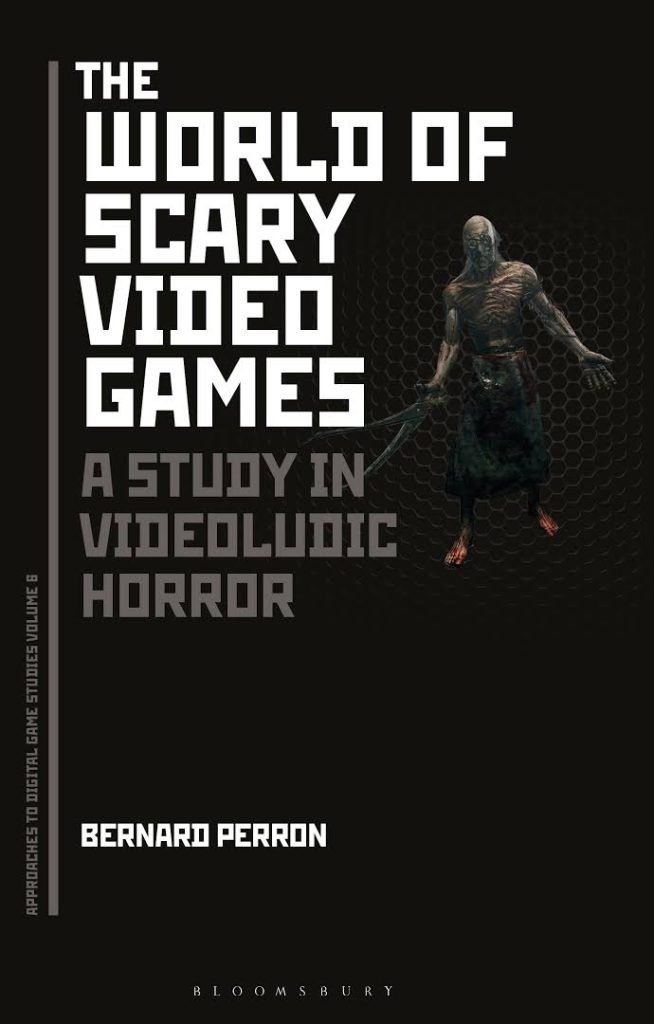

Perron, Bernard. 2016. Silent Hill : le moteur de la terreur. Paris : Questions théoriques.
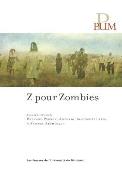
Perron, Bernard, Samuel Archibald et Antonio Dominguez Leiva (dir.). 2015. Z pour Zombies. Montréal : Presses de l’Université de Montréal.
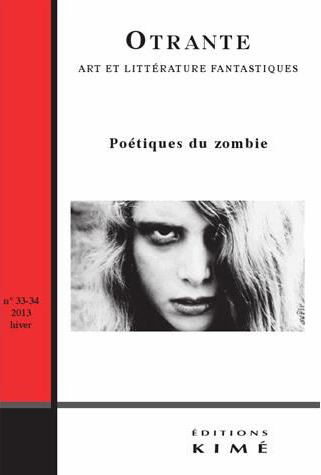
Perron, Bernard, Samuel Archibald et Antonio Dominguez Leiva (dir.). 2013. Otrante. Poétiques du zombie, n° 33-34 (hiver), Paris : Editions Kimé.
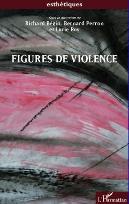
Perron, Bernard, Richard Bégin et Lucie Roy (dir.). 2013. Figures de violence. Coll. « Esthétiques », Paris : L’Harmattan.
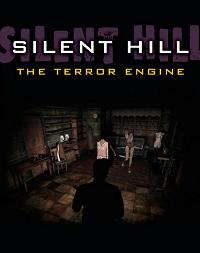
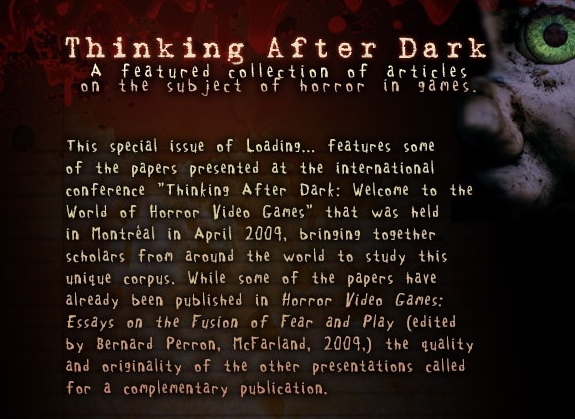
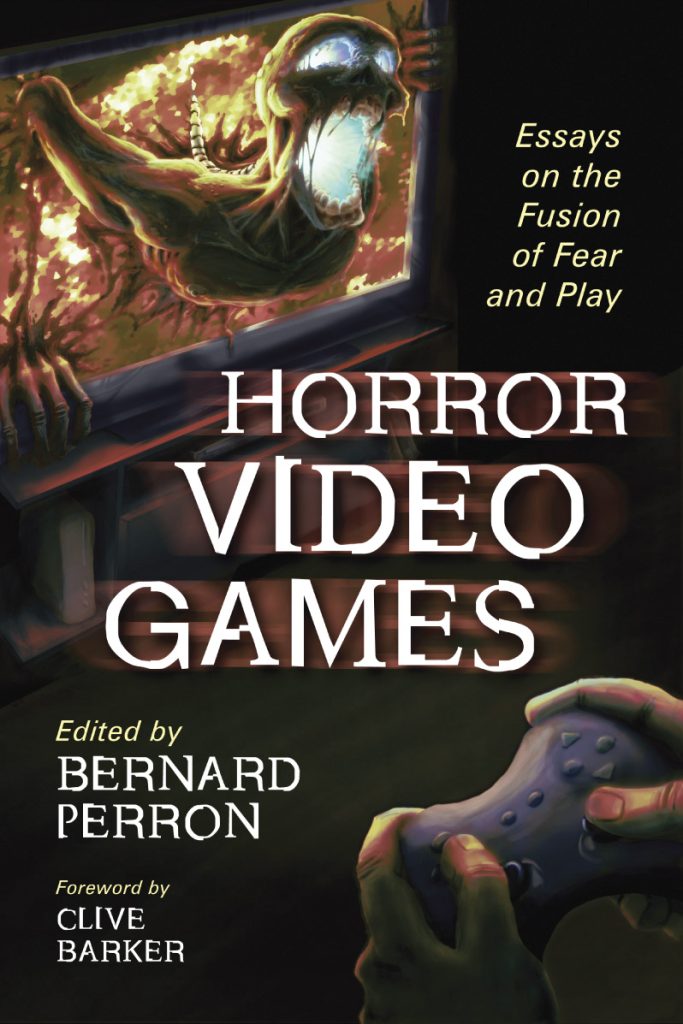
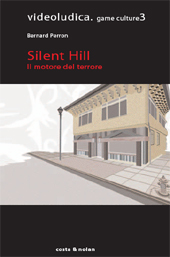
Perron, Bernard. 2006. Silent Hill. Il motore del terrore. Milan : Costa Nolan.
L’investigation que propose Bernard Perron de la série de Konami dépasse les traditionnelles approches de contrastes et de comparaisons avec des textes similaires, par exemple Resident Evil et Alone in the Dark. Son analyse transmédiale propose un voyage littéraire, cinématographique et ludique que ses lecteurs n’oublieront pas de si tôt.
Chapitres de livre et articles
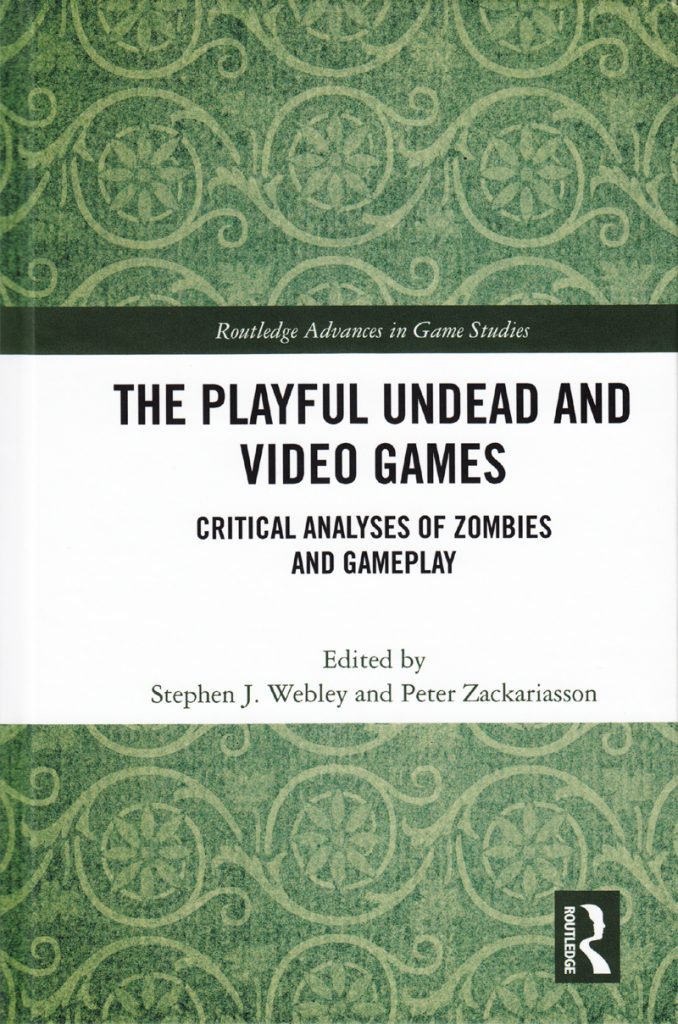
Perron, Bernard. 2019. « The Pace and Reach of Video Game Zombies ». Dans Stephen J. Webley et Peter Zackariasson (dir.), The Playful Undead and Video Games. Critical Analyses of Zombies and Gameplay, p.197-215. London : Routledge.
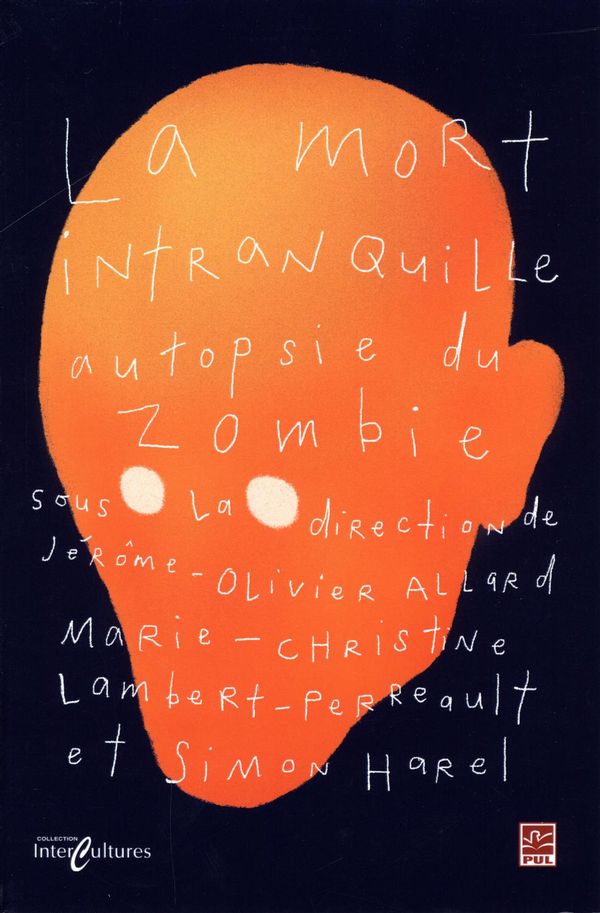
Perron, Bernard. 2019. « L’allure et la portée des zombies vidéoludiques ». Dans Marie-Christine Lambert-Perreault, Jérôme-Olivier Allard et Simon Harel (dirs.), La mort intranquille: autopsie du zombie, p. 147-174. Québec : Presses de l’Université Laval.
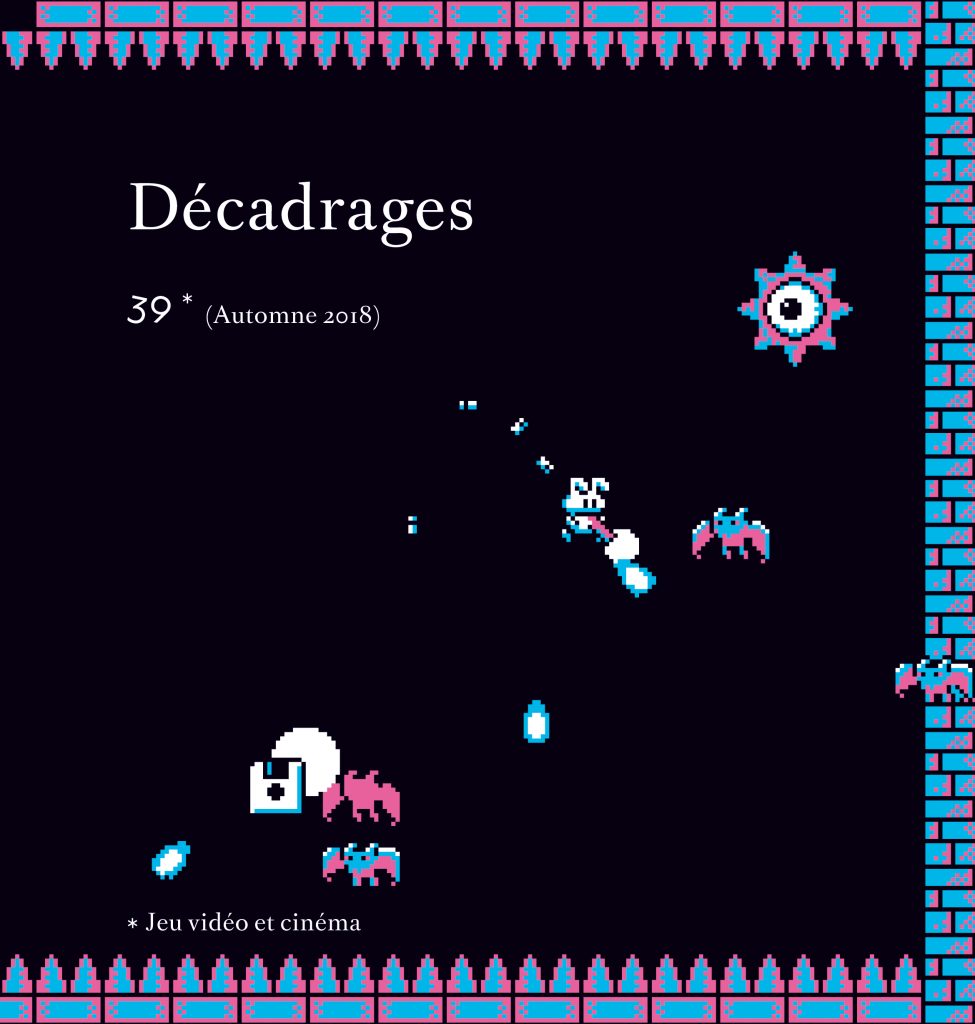
Perron, Bernard. 2018. « Les régimes effrayants de la vision vidéoludique ». Dans Selim Krichane (dir.), Décadrages, n° 29 (Automne), p. 8-29. [PDF]

Perron, Bernard. 2018. « Le jeu vidéo d’horreur : Quel cinéma !? ». Dans Marion Poirson (dir.), CinémAction. Jeux vidéo et cinéma: une création, n° 168, p. 64-74.
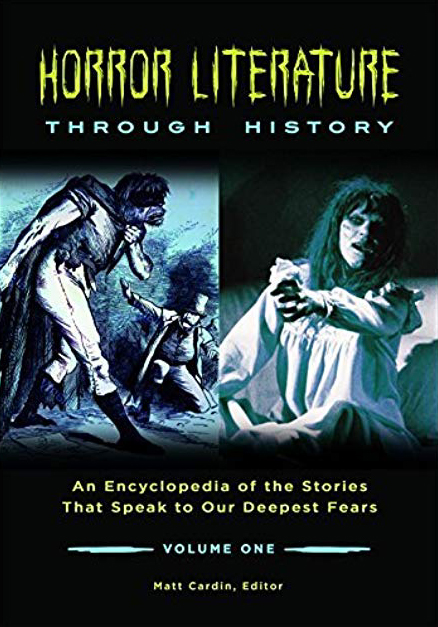
Perron, Bernard, et Jean-Charles Ray. 2017. « Horror Video Games ». Dans Matt Cardin (dir.), Horror Literature through History: An Encyclopedia of the Stories that Speaks to our Deepest Fears, p. 121-125. Santa Barbara : ABC-CLIO.
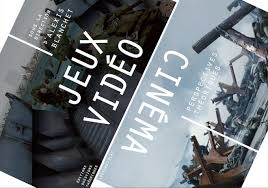
Perron, Bernard. 2016. « Effrayantes aventures dans le champ aveugle du jeu vidéo et du cinéma d’horreur ». Dans Alexis Blanchet (dir.), Cinéma et jeux vidéo, p. 5-16. Paris : Questions Théoriques.
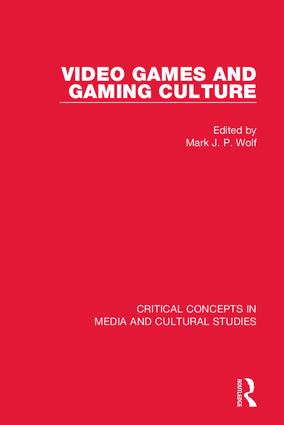
Perron, Bernard. [2005] 2016. « Coming to Play at Frightening Yourself: Welcome to the World of Horror Games ». Dans Mark J. P. Wolf (dir.), Video Games and Gaming Culture, vol. 3, p. 181-196. New York : Routledge.

Perron, Bernard. [2004] 2016. « Sign of a Threat: The Effects of Warning Systems in Survival Horror Games ». Dans Mark J. P. Wolf (dir.), Video Games and Gaming Culture, vol. 3, p. 435-454. New York : Routledge.
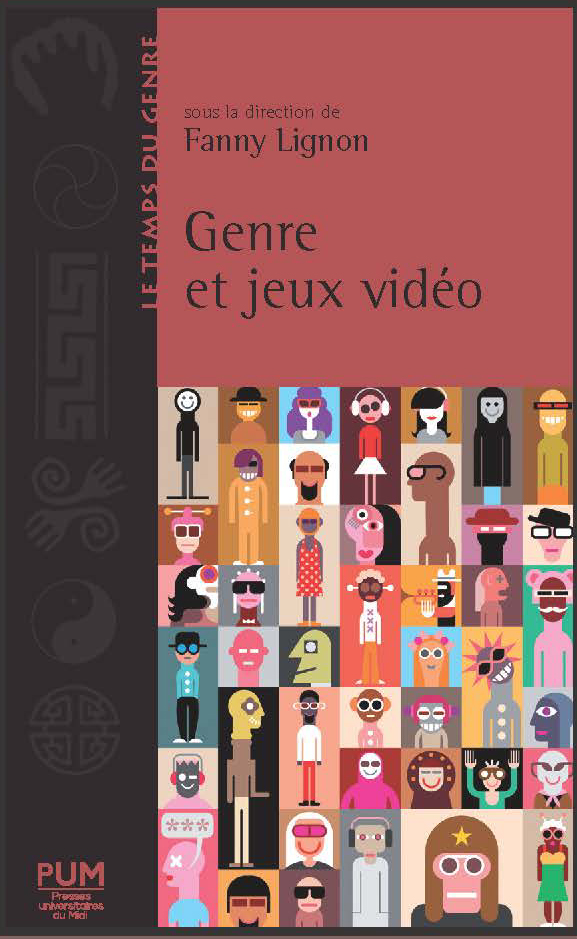
Perron, Bernard. 2015. « Le survival horror : un genre vidéoludique idéal pour une étude genrée ». Dans Fanny Lignon (dir.), Genre et jeux vidéo, p. 95-117. Toulouse : Presses Universitaires du Mirail.
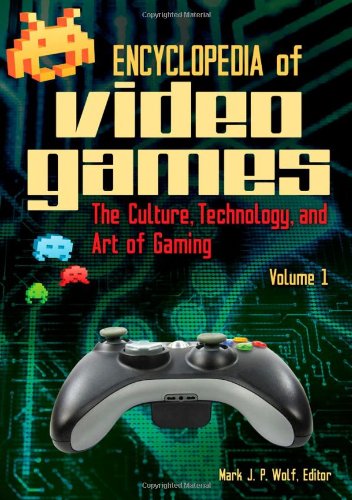
Perron, Bernard. 2012. « Survival Horror ». Dans Mark J.P. Wolf (dir.), Encyclopedia of Video Games: The Culture, Technology, and Art of Gaming, p. 636-639. Westport : Greenwood Press.
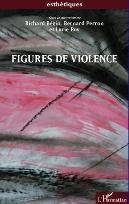
Perron, Bernard, et Guillaume Roux-Girard. 2012. « Entre synchronisation et action : son et violence dans les jeux vidéo d’horreur ». Dans Bernard Perron, Richard Bégin et Lucie Roy (dir.), Figures de violence, p. 81-91. Coll. « Esthétiques », Paris : L’Harmattan.

Perron, Bernard, Richard Bégin et Lucie Roy. 2012. « Introduction : Figures de violence ». Dans Bernard Perron, Richard Bégin et Lucie Roy (dir.), Figures de violence, p. 7-11. Coll. « Esthétiques », Paris : L’Harmattan.
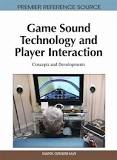
Roux-Girard, Guillaume. 2011. « Listening to Fear: A Study of Sound in Horror Computer Games ». Dans Mark Grimshaw (dir.), Game Sound Technology and Player Interaction: Concepts and Developments, p. 192-212. Hershey : IGI Global. [PDF]

Perron, Bernard. 2010. « Fatal Frame ou la hantise vidéoludique ». Magazine électronique du Centre international d’art contemporain, n° 38 (novembre). [PDF]

Perron, Bernard. 2009. « Introduction: Gaming After Dark ». Dans Bernard Perron (dir.), Horror Video Games: Essays on the Fusion of Fear and Play, p. 3-13. McFarland : Jefferson.

Perron, Bernard. 2009. « The Survival Horror: The Extended Body Genre ». Dans Bernard Perron (dir.), Horror Video Games: Essays on the Fusion of Fear and Play, p. 121-143. Jefferson : McFarland.

Picard, Martin. 2009. « Haunting Backgrounds: Transnationality and Intermediality in Japanese Survival Horror Video Games ». Dans Bernard Perron (dir.), Horror Video Games: Essays on the Fusion of Fear and Play, p. 95-120. Jefferson : McFarland.

Roux-Girard, Guillaume. 2009. « Plunged Alone into Darkness: Evolution in the Staging of Fear in the Alone in the Dark Series ». Dans Bernard Perron (dir.), Horror Video Games: Essays on the Fusion of Fear and Play, p. 145-167. Jefferson : McFarland.

Therrien, Carl. 2009. « Games of Fear. A Multi-Faceted Historical Account of the Horror Genre in Video Games ». Dans Bernard Perron (dir.), Horror Video Games: Essays on the Fusion of Fear and Play, p. 26-45. Jefferson : McFarland.
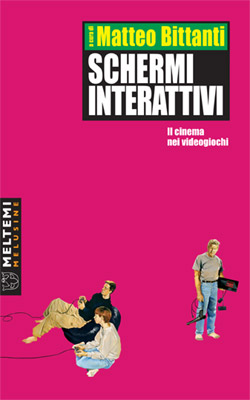
Perron, Bernard. 2008. « Dal film al gioco: l’esperienza forzata di paura ». Dans Matteo Bittanti (dir.), Schermi interattivi. Saggi critici su videogiochi cinema, p. 233-259. Rome : Meltemi.
Autres publications pertinentes
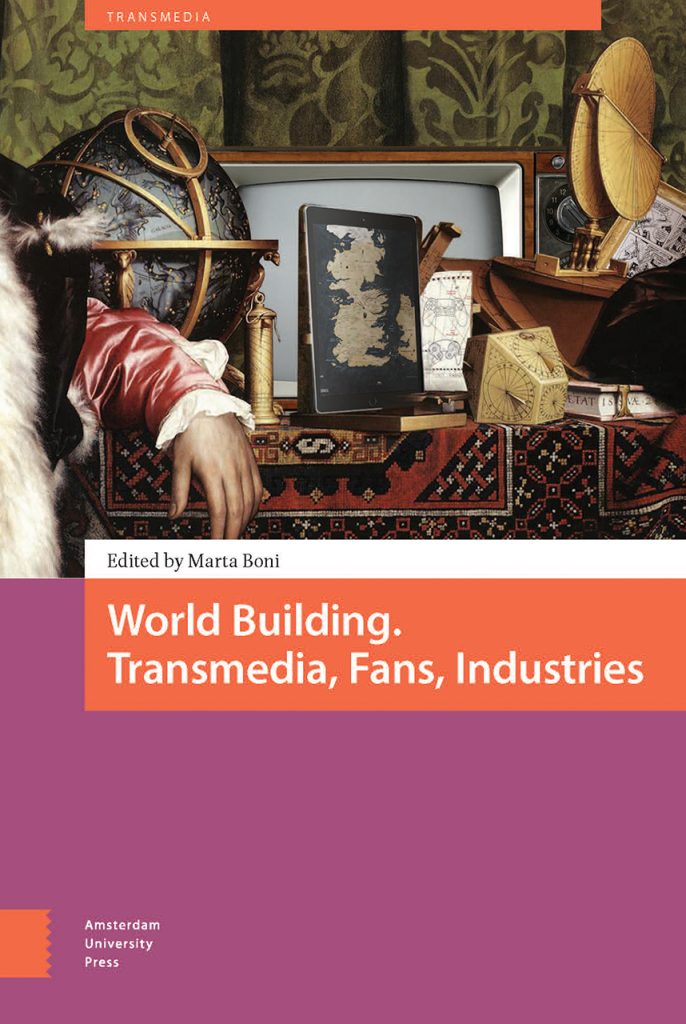
Perron, Bernard. 2017. « Zombie Escape and Survival Plans: Mapping the Transmedial World of the Dead ». Dans Marta Boni (dir.), World Building. Transmedia, Fans, Industries, p. 215-230. Amsterdam : Amsterdam University Press.

Perron, Bernard, Samuel Archibald et Antonio Dominguez Leiva. 2015. « Introduction ». Dans Bernard Perron, Samuel Archibald et Antonio Dominguez Leiva (dir.), Z pour Zombies, p. 9-10. Montréal : Presses de l’Université de Montréal.
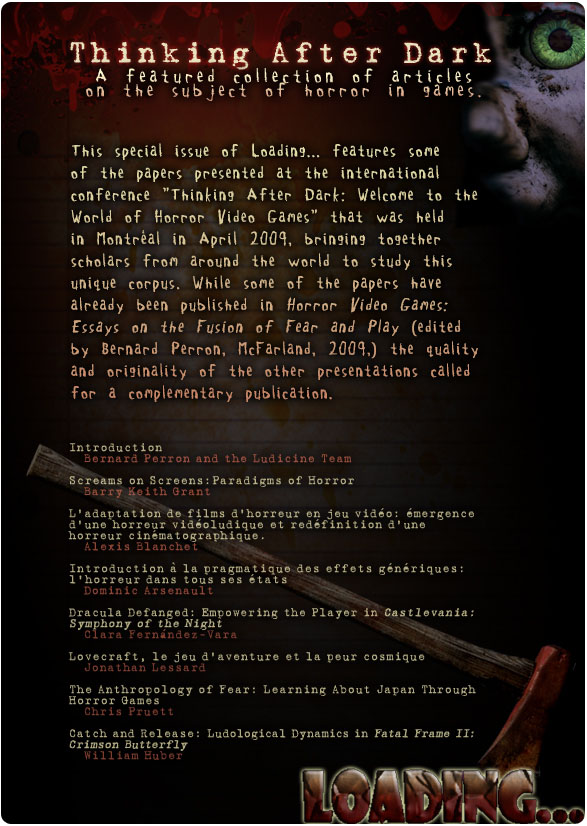
Arsenault, Dominic. 2010. « Introduction à la pragmatique des effets génériques : l’horreur dans tous ses états ». Loading… Journal of the Canadian Game Studies Association, vol. 4, n° 6. [En ligne]
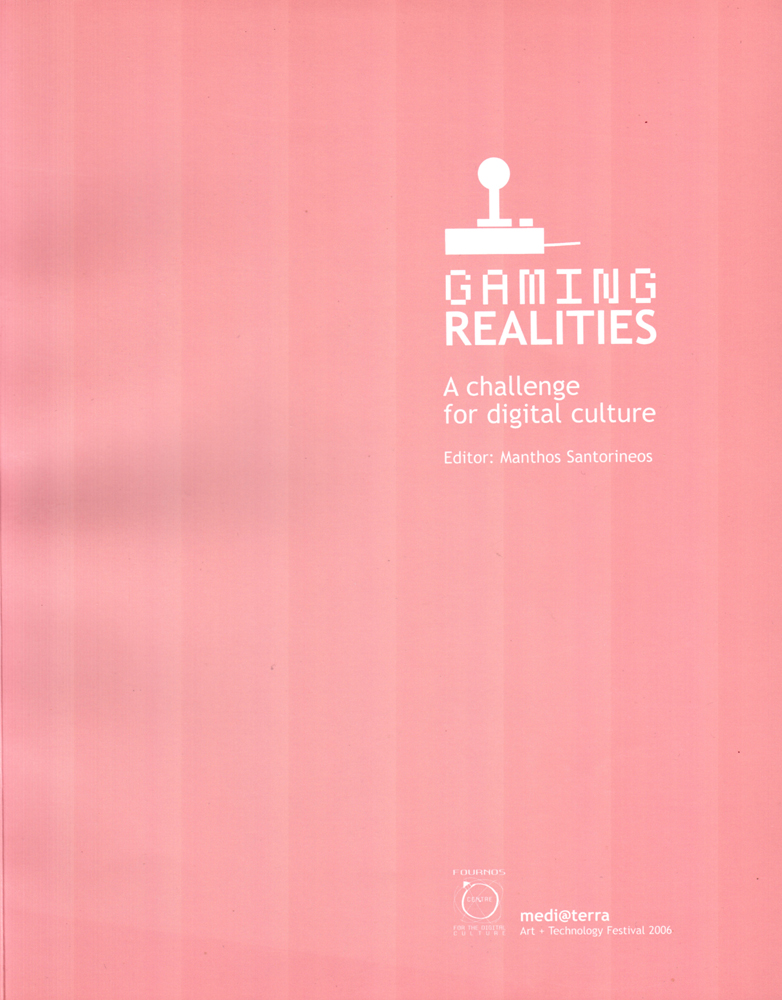
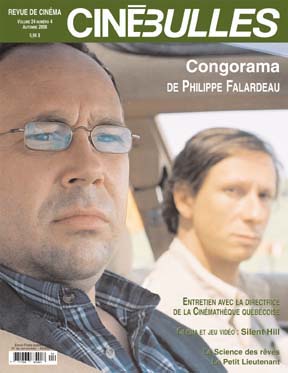
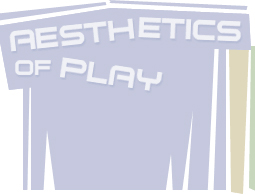

Thinking After Dark: Welcome to the World of Horror Video Games
International conference on the study of horror video games organized by Ludiciné
Chris’ Survival Horror Quest
Database, reviews and discussion forum about horror video games.
